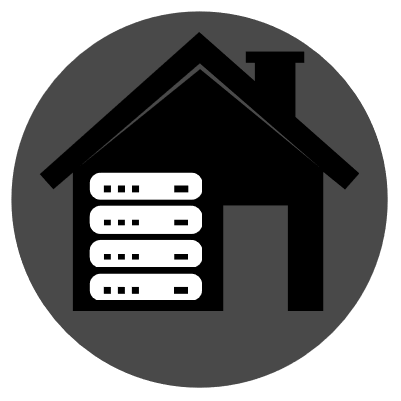When I first set up my web server I don’t think Caddy was really a sensible choice. It was still immature (The big “version 2” rewrite was in beta). But it’s about five years from when that happened, so I decided to give Caddy a try.
Wow! My config shrank to about 25% from what it was with Nginx. It’s also a lot less stuff to deal with, especially from a personal hosting perspective. As much as I like self-hosting, I’m not like “into” configuring web servers. Caddy made this very easy.
I thought the automatic HTTPS feature was overrated until I used it. The fact is it works effortlessly. I do not need to add paths to certificate files in my config anymore. That’s great. But what’s even better is I do not need to bother with my server notes to once again figure out how to correctly use Certbot when I want to create new certs for subdomains, since Caddy will do it automatically.
I’ve been annoyed with my Nginx config for a while, and kept wishing to find the motivation to streamline it. It started simple, but as I added things to it over the years the complexity in the config file blossomed. But the thing that tipped me over to trying Caddy was seeing the difference between the Nginx and Caddy configurations necessary for Jellyfin. Seriously. Look at what’s necessary for Nginx.
https://jellyfin.org/docs/general/networking/nginx/#https-config-example
In Caddy that became
jellyfin.example.com {
reverse_proxy internal.jellyfin.host:8096
}
I thought no way this would work. But it did. First try. So, consider this a field report from a happy Caddy convert, and if you’re not using it yet for self-hosting maybe it can simplify things for you, too. It made me happy enough to write about it.


Caddy operates on the principle of sensible defaults. These defaults can be optionally configured further if you desire, but from what I’ve read Caddy just shifts the defaults to good modern options when it’s ready to do so on newer releases.
But if you must override these choices or need to maintain compatibility with some other software, you can define them explicitly. Here’s how you’d forcibly enable or disable http2/3 https://caddyserver.com/docs/caddyfile/options#protocols, for example.
Thanks for the response, this makes sense I suppose. I personally like being explicit and knowing-at-a-glance what is currently configured, but I can see some defaults being useful for many beginners for instance, and keeping config cleaner.